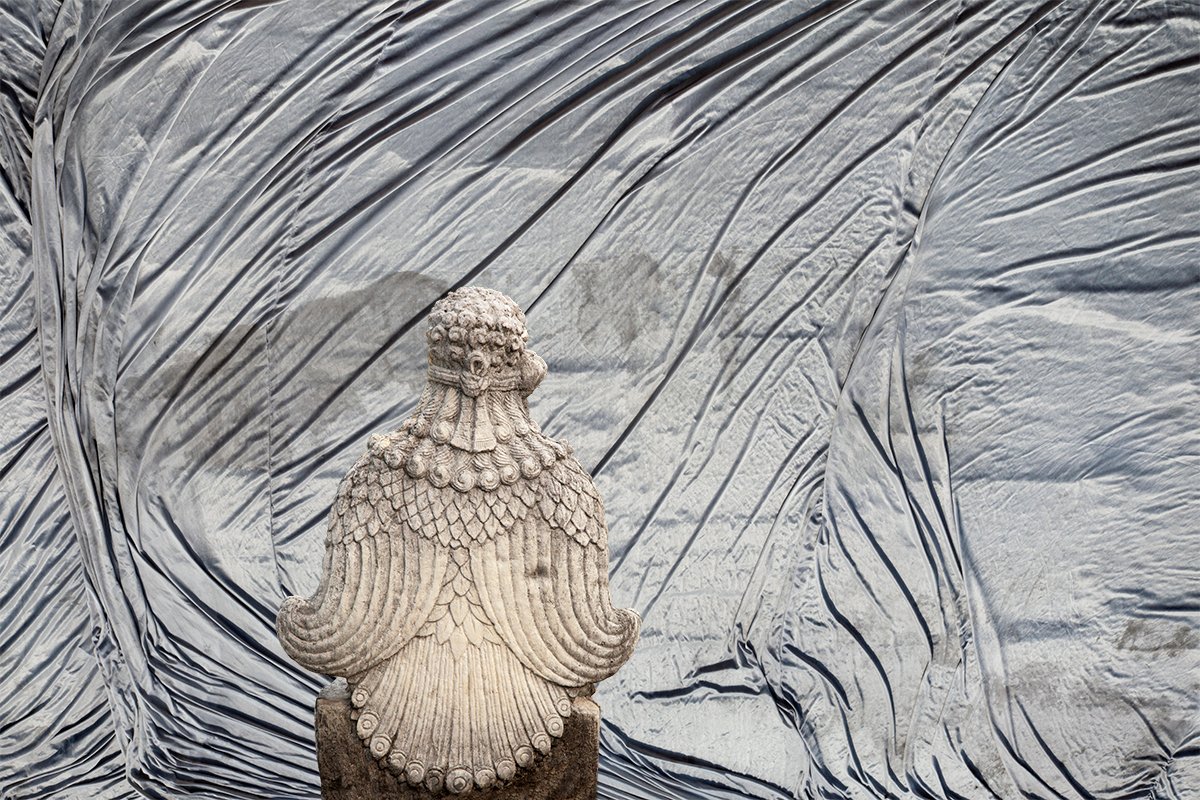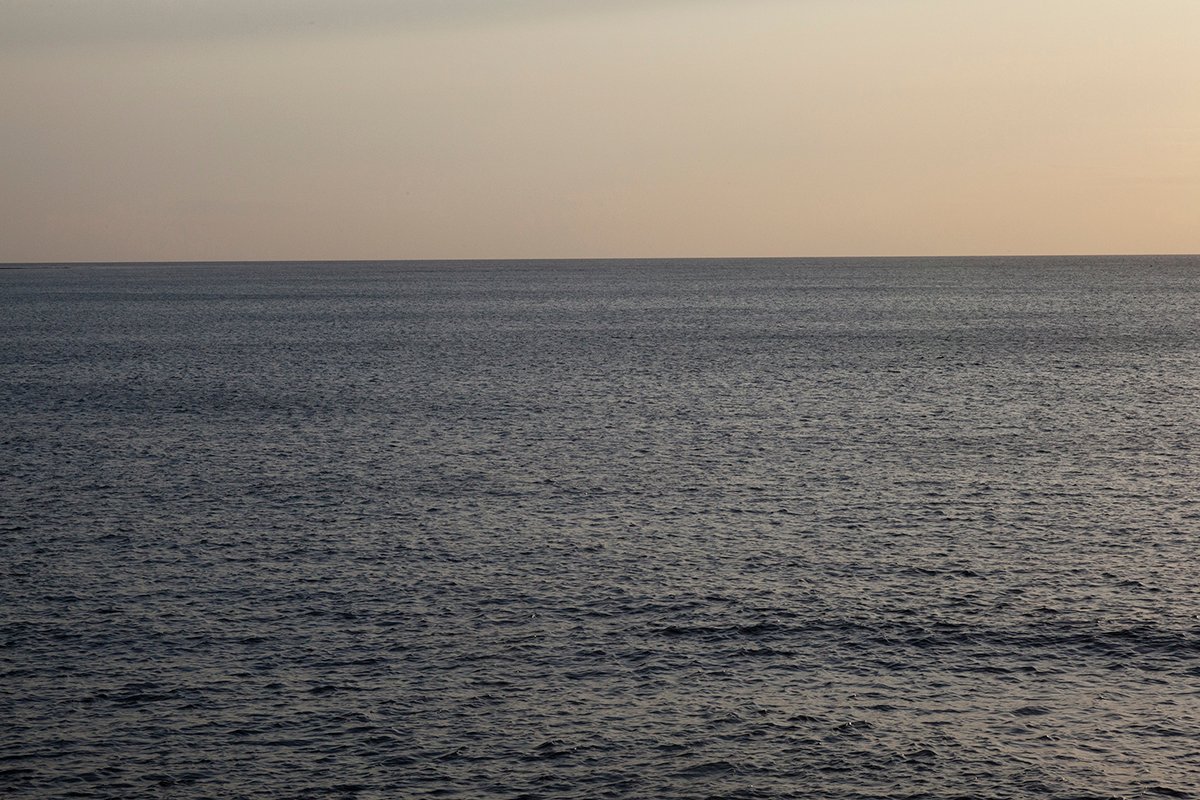This work is the pictorial response to the concept by Meera Menezes.
Curatorial note-
Imagined Futures, Reconstructed Pasts
How do past and future coalesce in the present? The exhibition “Imagined Futures, Reconstructed Pasts” offers the artists a springboard from which to create a vision for the future or to re-imagine the past. It also offers a series of questions for the artists to ruminate on:
Does this imagining of the future reveal an apocalypse or a utopia? A fantastical magical space or a planet in shades of Soylent Green, drowning in seas of plastic and urban waste? By catapulting viewers into the future, can the artists offer them the space to also interrogate the present and deliberate on the consequences of their actions on generations to come?
The past is continually being reconfigured from the point of view of the present. By bringing together memories of the past with an imagination of the future can important undercurrents in the present be rendered visible?
How have the seeds of the future perhaps already been sown in the past?
It might be pertinent to recall Paul Klee’s paintingAngelus Novus,which was the inspiration for Benjamin’s angel, mentioned in his Theses on the Philosophy of History: “A Klee painting named Angelus Novus shows an angel looking as though he is about to move away from something he is fixedly contemplating. His eyes are staring, his mouth is open, his wings are spread. This is how one pictures the angel of history. His face is turned towards the past.A storm is blowing from Paradise; it has got caught in his wings with such violence that the angel can no longer close them. The storm irresistibly propels him into the future to which his back is turned, while the pile of debris before him grows skyward. This storm is what we call progress. 1]”
WalterBenjamin:
Excavation and Memory
Language has unmistakably made plain that memory is not an instrument for exploring the past, but rather a medium. It is the medium of that which is experienced, just as the earth is the medium in which ancient cities lie buried. He who seeks to approach his own buried past must conduct himself like a man digging. Above all, he must not be afraid to return again and again to the same matter; to scatter it as one scatters earth, to turn it over as one turns over soil. For the ”matter itself” is no more than the strata which yield their long-sought secrets only to the most meticulous investigation. That is to say, they yield those images that, severed from all earlier associations, reside as treasures in the sober rooms of our later insights––like torsos in a collector’s gallery. It is undoubtedly useful to plan excavations methodically. Yet no less indispensable is the cautious probing of the spade in the dark loam. And the man who merely makes an inventory of his findings, while failing to establish the exact location of where in today’s ground the ancient treasures have been stored up, cheats himself of his richest prize. In this sense, for authentic memories, it is far less important that the investigator report on them than that he mark, quite precisely, the site where he gained possession of them. Epic and rhapsodic in the strictest sense, genuine memory must therefore yield an image of the person who remembers, in the same way a good archaeological report not only informs us about the strata from which its findings originate, but also gives an account of the strata which first had to be broken through.
Written ca. 1932; unpublished in Benjamin’s lifetime. Gesammelte Schriften, IV, 400–401. Translated by Rodney Livingstone, on the basis of a prior version by Edmund Jephcott.
WalterBenjamin:
SelectedWritings,Vol.2, part2(1931–1934), ”IbizanSequence”, 1932, ed. byMarcusPaulBullock,Michael WilliamJennings,HowardEiland, and GarySmith, Cambridge,Mass.: BelknapPressofHarvard UniversityPress, 2005(paper),p.576
[1]Walter Benjamin, Über den Begriff der Geschichte(On the Concept of History/Theses on the Philosophy of History), 1940


